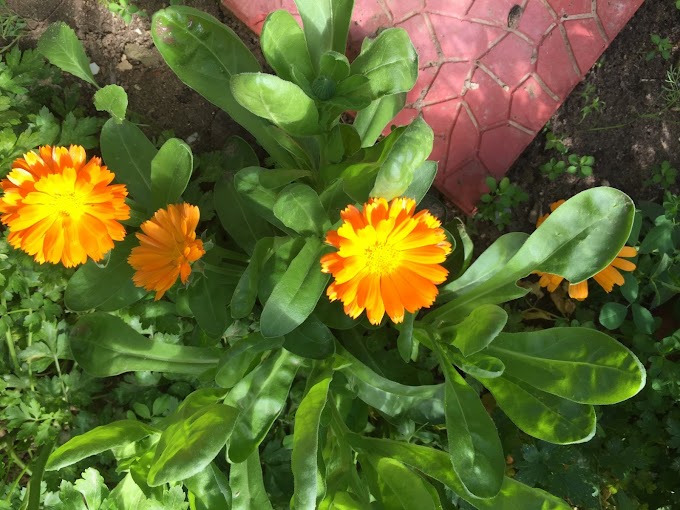There are two kinds of chamomile
Roman chamomile (Chamaemelum nobile)German chamomile (Matricaria recutita)
The Roman variety is the true chamomile, but German chamomile is used herbally for nearly the same things. Both varieties produce similar flowers that resemble daisies, and have similar uses and attributes. German chamomile is most commonly grown for its blossoms. Roman Chamomile for its companion planting attributes.
. Roman chamomile
. German chamomile
German chamomile is native to Europe, North Africa, and some parts of Asia. It is closely related to the Roman chamomile, which has the same medicinal properties as German chamomile. Looks similar to Roman chamomile, with the differences being that German chamomile grows upright to the height of about 1 to 2 feet and is a reseeding annual.Chamomile bushes have blooms with small white flowers with large yellow centers (like small daisies) and it has a distinctive apple-like aroma when in bloom.
You can start your chamomile seeds indoors for later transplant, about 6 weeks before the last frost of the winter. Start them in seed pots but don’t bury the seeds under the soil. They need light to sprout, so just sprinkle a few seeds in each pot right on the surface of your potting soil. Spray the seeds with a water spray bottle to keep the soil moist, continue checking on the seeds each day to make sure the soil stays moist, but not soaking.
Keep the soil evenly moist, and the seedlings will sprout and emerge in two or three weeks.
Keep the soil evenly moist, and the seedlings will sprout and emerge in two or three weeks.
Make sure to rotate the seedlings every few days so they do not grow too far in one direction.
Keep them moist, and transplant the seedlings when they are large enough to handle into 7.5-10cm (3-4in) pots. Chamomile seedlings should be kept in a sunny spot until it's time to transplant them.
 After hardening off the seedlings, transplant after all danger of frost is past. This should be about six weeks after you have started the seeds. Gently remove the seedlings from their containers, and place them in holes double the size of their root balls about 8-10 inches (20.32-25.40 cm) apart. Fill the holes back in with soil. Water well after transplanting.
After hardening off the seedlings, transplant after all danger of frost is past. This should be about six weeks after you have started the seeds. Gently remove the seedlings from their containers, and place them in holes double the size of their root balls about 8-10 inches (20.32-25.40 cm) apart. Fill the holes back in with soil. Water well after transplanting. . Hardening off Seedlings .
How To Plant Chamomile Seedlings
Select an area that receives full sun or partial shade. A location that offers some afternoon shade as chamomile can suffer from the direct rays of the sun at midday, especially in warm, dry climates.


Dig holes big enough to hold the root ball easily. Their roots should have enough space to grow. Remove your seedlings from their pots carefully. If the plants are root-bound, massage the root ball of your plant, this will help loosen the roots even more. Put the seedlings into the holes. Fill in the hole with loose soil and then tamp it down gently. Right after planting, water well your seedlings.
Mulch with a good layer of organic mulch as mulch help the soil retain moisture. When placing mulch, be sure to leave a little space around the plants’ stems. If the mulch stays in contact with the stems, it can promote rot. Check the soil every few days to determine whether you need to water. Water early in the morning so that the plants will have all day to dry out before dark. This helps prevent fungal infection and other diseases.
Watch: Sowing Chamomile Seeds In The Garden Video
Chamomile repels cucumber beetles and is recommended to be planted in vegetable gardens along with other companion plants. You have to water chamomile seedlings frequently until the flowers have started to grow, once the plants are established just water occasionally if the weather turns hot. Chamomile is quite drought resistant. There is no need to add fertilizer through the season, as chamomile is not a very heavy feeder.
You can grow chamomile in containers with some well drained soil with some sand. The plants will probably be a bit too large for smaller containers or window herb gardens. Each plant will need approximately a 30cm pot to itself. Chamomile usually grows to a height of 20 to 30 inches (50 - 70cm).
Check the soil frequently. Never allow it to dry out completely, and you must also guard against over-watering, as this causes root rot.
Check the soil frequently. Never allow it to dry out completely, and you must also guard against over-watering, as this causes root rot.
How to Harvest Chamomile Flowers

Chamomile flowers can be dried or used fresh. Your plants can bloom all through the summer, so there isn’t any one specific harvest time. Most chamomile plants will start to flower about a month after planting. Harvesting your chamomile flowers is a delicate task, but worth the effort. You only want the blossoms, not their stems, which means you have to pick them quite carefully. Harvest when the chamomile flowers are in full bloom. Select the flowers that are nearly open, and pinch the stalk just below the flower head and pop off the bloom.
Harvesting the blossoms encourages another flush of flowers and gives you the opportunity to take a second batch of flower heads later on.
Watch: How to Harvest Chamomile Flowers Video
Saving herb seeds has been one of the most rewarding gardening tasks. You can use a paper bag to save your chamomile seeds. Never save your seeds in plastic because this can cause condensation to form, which will make the seeds damp and mouldy. As long as you keep the seeds in a cool, dry, and airy place, they should last for one or two years. But the sooner you can sow your seeds, the better it is.
Chamomile Plant Care
How to Dry the Flowers
Spread your flowers in a warm and well-ventilated place in your house. Remember that direct sunlight can harm the chamomile oils, so don’t just leave them out in the sun to dry. Indoors is usually the best. Give them a little shake every couple of days to make sure there is no moisture, and to ensure they are drying evenly. Once dry, you can store chamomile flowers in a sealed container for a year.
Chamomile is naturally antibacterial and antifungal, so it is the perfect plant for companion planting. If planted near mint chamomile will inhibit the mint plants' ability to produce the oils that create the mint aroma, it does no harm to the chamomile plants, and if grown near peppermint, the peppermint produces fewer oils, but the chamomile grows better. In conjunction with being a companion plant, chamomile helps to attract beneficial insects and pollinators to our gardens.
Chamomile Companion Planting
Chamomile is naturally antibacterial and antifungal, so it is the perfect plant for companion planting. If planted near mint chamomile will inhibit the mint plants' ability to produce the oils that create the mint aroma, it does no harm to the chamomile plants, and if grown near peppermint, the peppermint produces fewer oils, but the chamomile grows better. In conjunction with being a companion plant, chamomile helps to attract beneficial insects and pollinators to our gardens.
Benefits of Chamomile
Chamomile is a wonderful herb for relaxation, which is why chamomile tea is so popular as an evening tea. One of my favorite tea is chamomile, especially my home-grown, After hours working in the garden it’s great to sit back and relax with a cup of chamomile tea. Chamomile tea has long been perceived for its medical advantages. Studies have shown that enjoying chamomile tea regularly is a healthy, natural way to support your immune system, which in turn can protect you from so many health issues. Today, Chamomile is commonly used for many ailments including hay fever, menstrual disorders, inflammation, insomnia, and rheumatic pain. It can be applied to the skin for inflammations and skin diseases.
Chamomile is an amazing herb that year after year. I always have grown in my herb garden so that I can utilize its many benefits. Besides its antibacterial and antifungal benefits, chamomile improves the growth and flavor of many plants. I hope these reasons to grow chamomile will inspire you to grow some yourself!
Chamomile is an amazing herb that year after year. I always have grown in my herb garden so that I can utilize its many benefits. Besides its antibacterial and antifungal benefits, chamomile improves the growth and flavor of many plants. I hope these reasons to grow chamomile will inspire you to grow some yourself!
Please let us know your thoughts, experiences, or questions in the comments below. If you like this, you can share with your friends!
Want to read:
German Fragrant Chamomile Flower Seeds Heirloom available Here!
Like This: Pin it for Later!
Affiliate Disclosure!
This website is a participant in the Amazon Services LLC Associates Program, an affiliate advertising program designed to provide a means for sites to earn advertising fees by advertising and linking to Amazon. Some of the links to products on this site are affiliate links. These are products that I've used or recommend based from homesteading experience. I do make a small commission (at no extra cost to you) from these sales. (alert-warning)



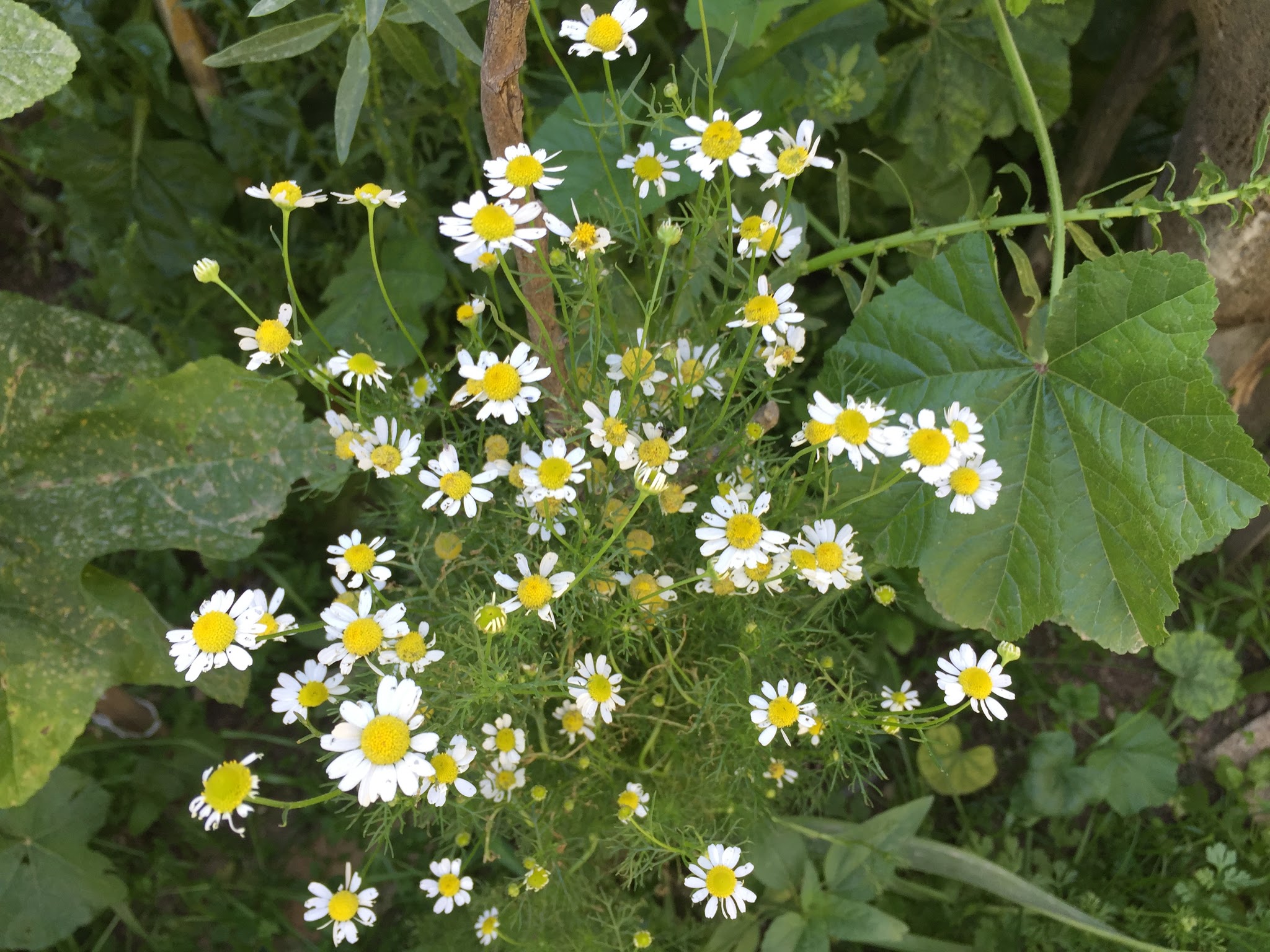


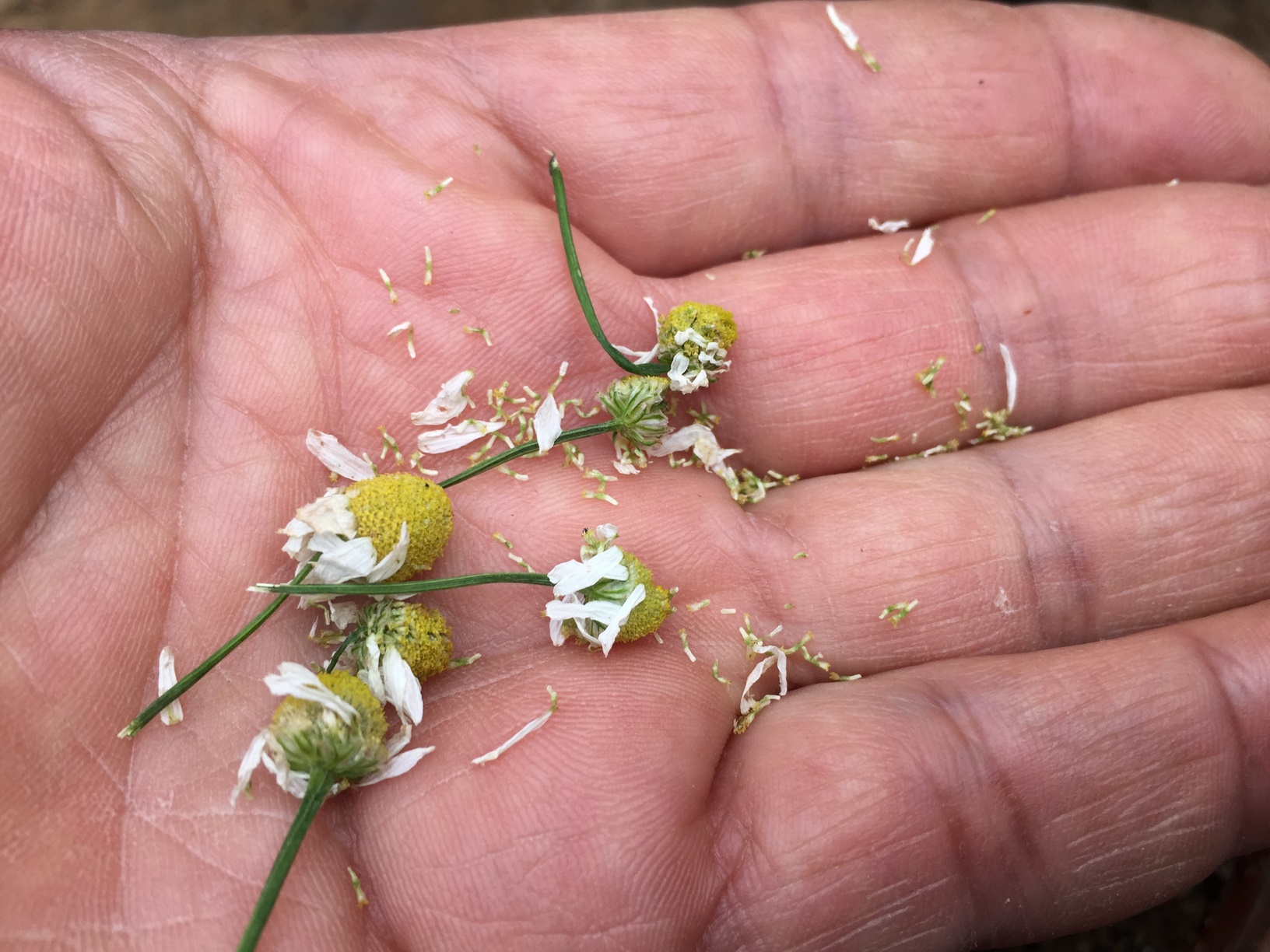


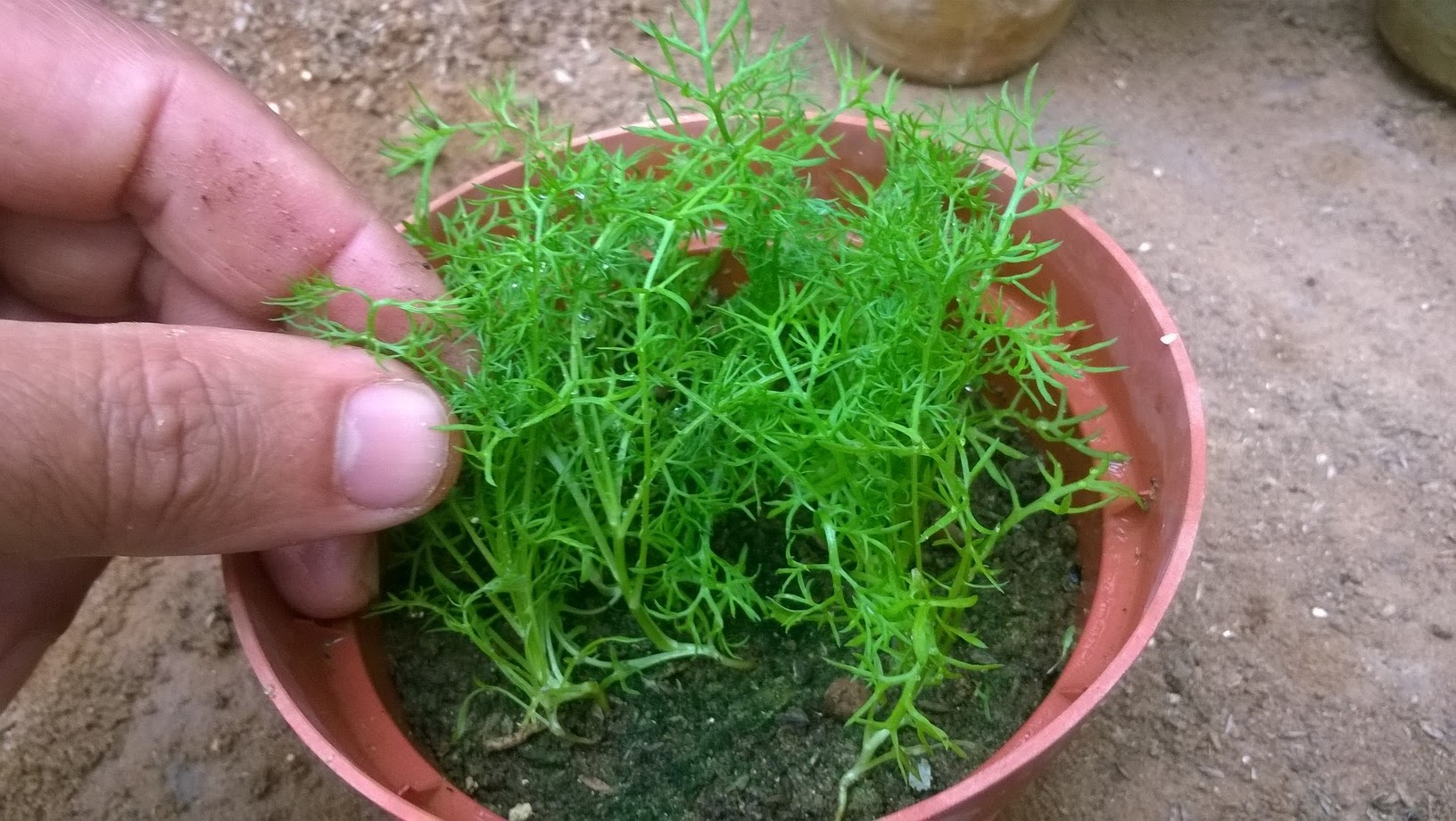

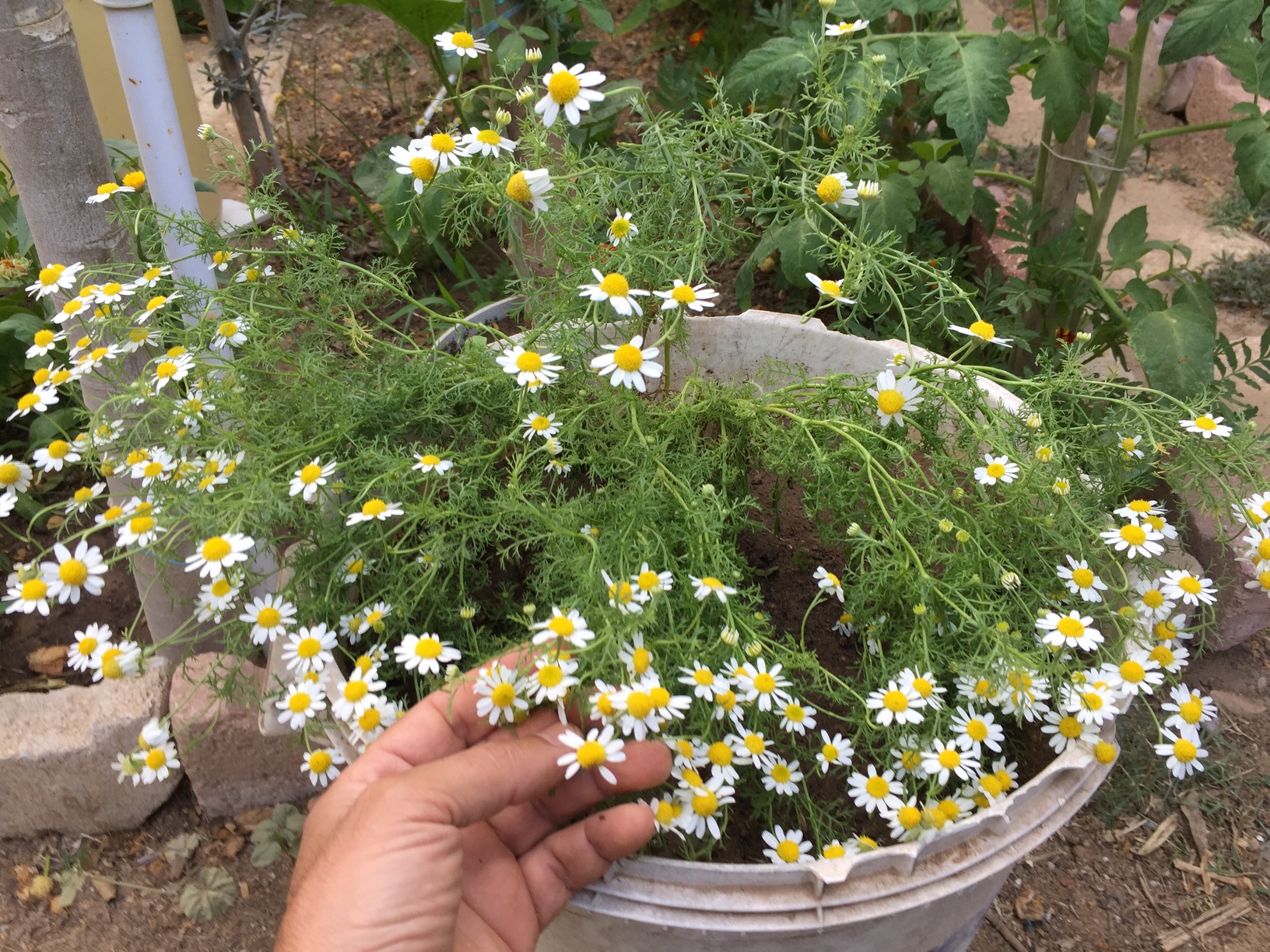
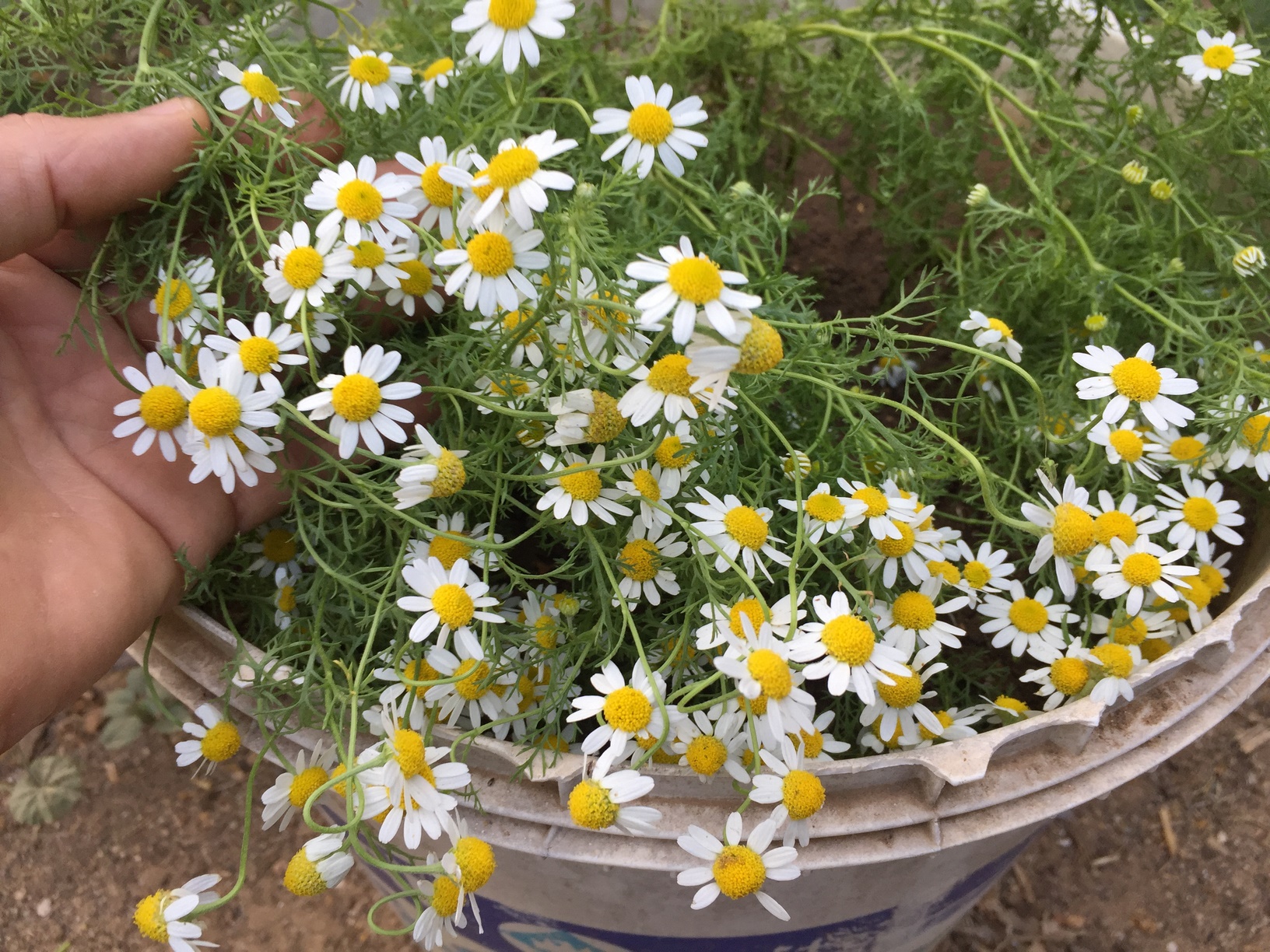


.jpg)
.jpg)





